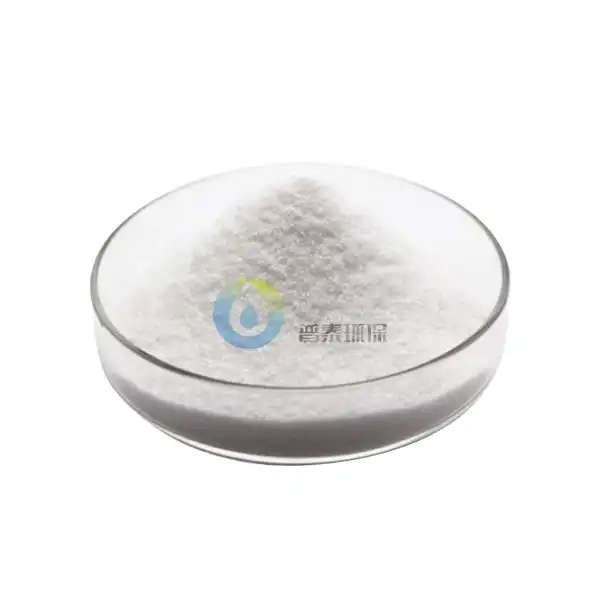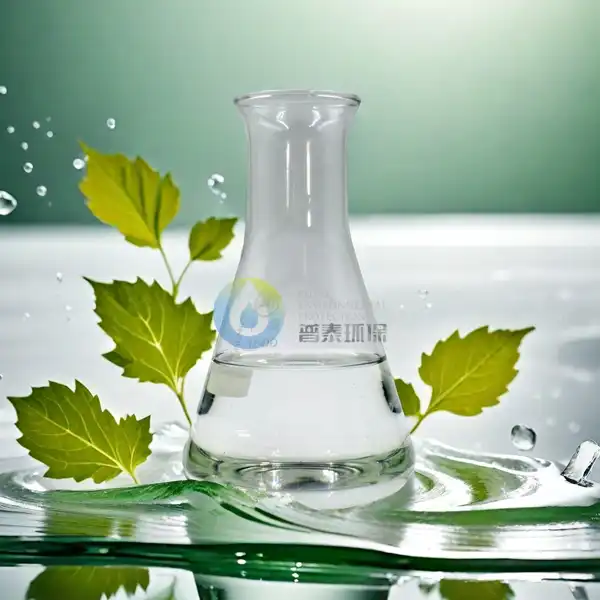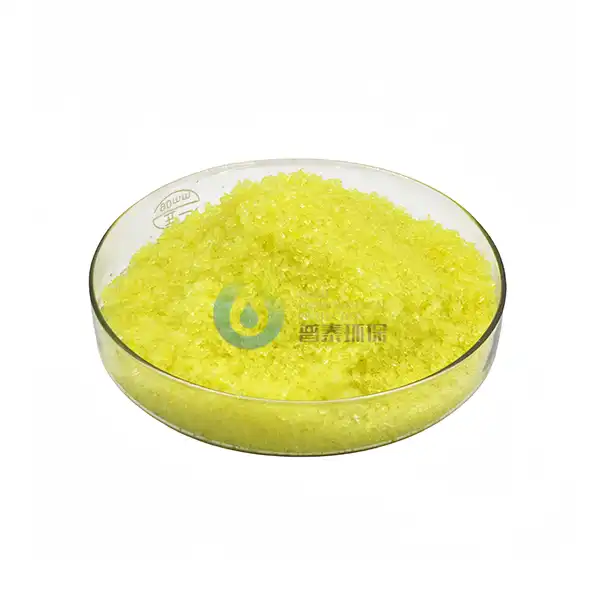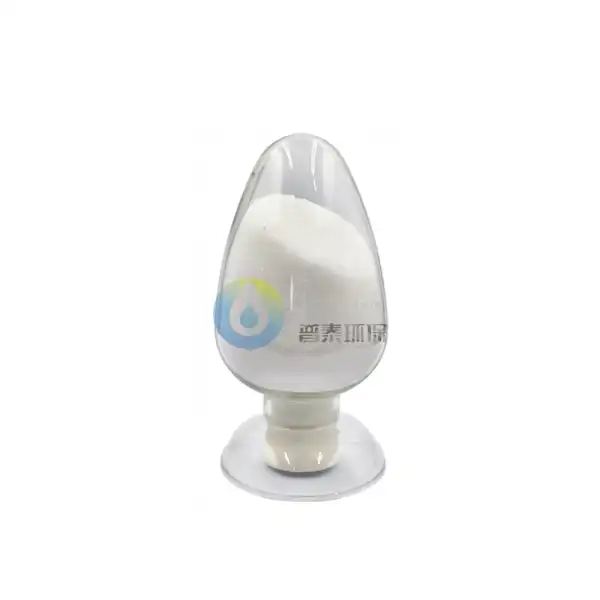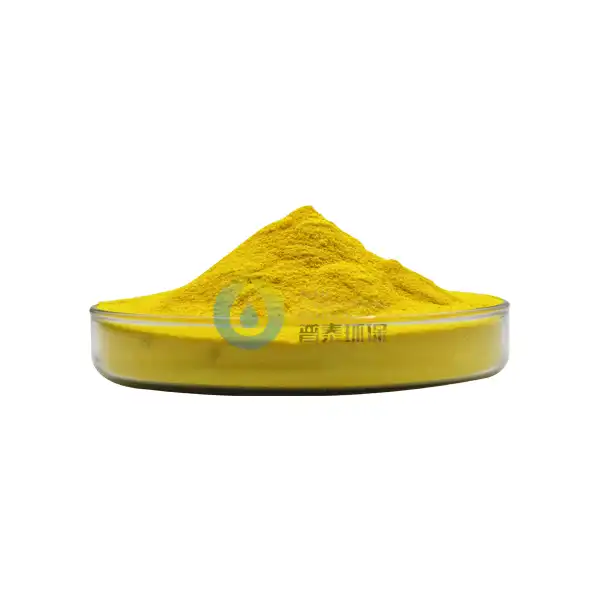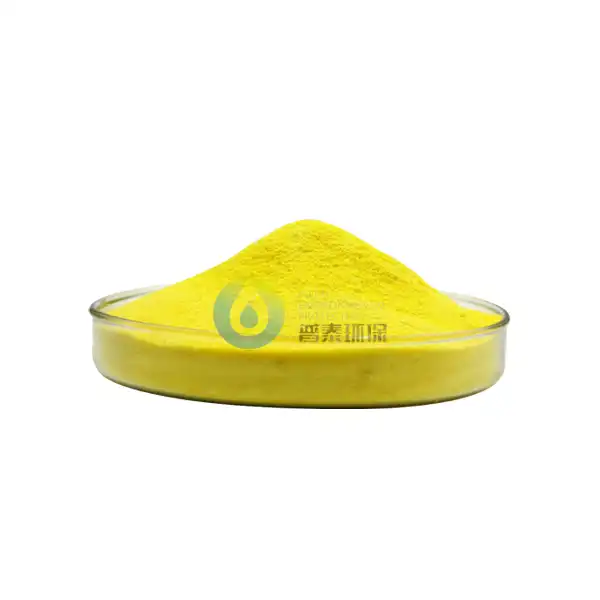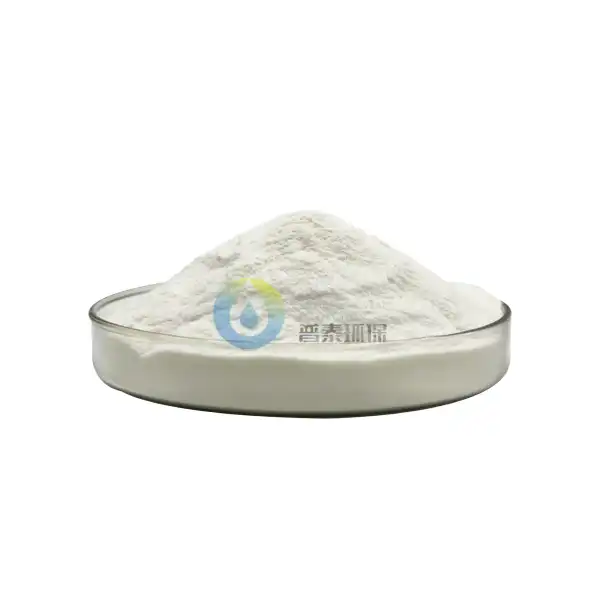What are the Benefits of Using OEM Polyaluminum Chloride?
Polyaluminum Chloride (PAC) has emerged as a crucial water treatment chemical, with OEM (Original Equipment Manufacturer) products offering superior quality and reliability in various industrial applications. As water treatment demands become increasingly complex, understanding the advantages of using OEM Polyaluminum Chloride becomes essential for industry professionals and decision-makers. This comprehensive analysis explores the multifaceted benefits of OEM PAC, from its superior performance characteristics to its cost-effectiveness and environmental implications.
What Makes OEM Polyaluminum Chloride Different from Generic Alternatives?
Superior Quality Control and Consistency
OEM Polyaluminum Chloride undergoes rigorous quality control processes that ensure consistent performance across batches. The manufacturing process involves precise control of aluminum speciation, basicity, and concentration, resulting in a product that maintains its effectiveness under varying conditions. Quality control measures include regular testing of physical properties, chemical composition, and performance parameters, ensuring that each batch meets stringent industry standards. This level of consistency is particularly crucial in water treatment applications where predictable performance is essential for maintaining regulatory compliance and operational efficiency.
Advanced Manufacturing Technology
The production of OEM Polyaluminum Chloride utilizes state-of-the-art manufacturing technology that optimizes product characteristics. Advanced processing equipment enables precise control over reaction conditions, resulting in products with specific molecular weight distributions and stability characteristics. This technological advantage translates into enhanced performance in applications ranging from drinking water treatment to industrial wastewater processing. The sophisticated manufacturing processes also allow for customization of product specifications to meet specific customer requirements.
Certified Production Standards
OEM manufacturers adhere to internationally recognized production standards and certification requirements, ensuring that their Polyaluminum Chloride meets or exceeds industry specifications. These standards encompass various aspects of production, from raw material selection to final product testing. The certification process involves regular audits, documentation of production procedures, and verification of quality control measures. This commitment to standards compliance provides customers with confidence in the product's reliability and performance consistency.
How Does OEM Polyaluminum Chloride Enhance Water Treatment Efficiency?
Optimized Coagulation Performance
OEM Polyaluminum Chloride demonstrates superior coagulation efficiency across a wide range of water conditions. The carefully controlled manufacturing process results in optimal polymer chain length and charge density, enabling effective removal of suspended solids, colloids, and dissolved contaminants. The product's enhanced coagulation mechanisms lead to faster floc formation, improved settling characteristics, and clearer treated water. This superior performance translates into reduced chemical usage and improved operational efficiency in water treatment facilities.
Broader Operating Parameters
The versatility of OEM Polyaluminum Chloride allows for effective operation across a wider range of pH levels and temperature conditions compared to conventional coagulants. This flexibility makes it particularly valuable in applications where water quality parameters fluctuate significantly. The product's stability and performance consistency under varying conditions reduce the need for frequent process adjustments and additional chemical treatments, simplifying operational procedures and reducing maintenance requirements.
Reduced Sludge Production
One of the significant advantages of using OEM Polyaluminum Chloride is its ability to produce less sludge compared to traditional aluminum-based coagulants. The optimized molecular structure and reaction mechanisms result in more efficient particle removal with less residual aluminum in the treated water. This reduction in sludge volume leads to lower disposal costs and decreased environmental impact. The improved sludge characteristics also facilitate easier dewatering and handling operations.
What Economic Benefits Does OEM Polyaluminum Chloride Offer?
Cost-Effective Treatment Solutions
While the initial price of OEM Polyaluminum Chloride may be higher than generic alternatives, its superior performance characteristics often result in lower overall treatment costs. The improved coagulation efficiency means lower dosage requirements, reducing chemical consumption and associated costs. Additionally, the product's effectiveness in removing contaminants often eliminates the need for supplementary treatment chemicals, further contributing to cost savings in the treatment process.
Operational Cost Reduction
The use of OEM Polyaluminum Chloride leads to significant reductions in operational costs through various mechanisms. The product's stability and consistent performance reduce the need for frequent process adjustments and monitoring, lowering labor costs. The reduced sludge production decreases disposal expenses and handling requirements. Furthermore, the product's effectiveness in maintaining treatment efficiency reduces the frequency of equipment maintenance and replacement, contributing to long-term cost savings.
Long-term Infrastructure Protection
Investment in OEM Polyaluminum Chloride contributes to the protection and longevity of water treatment infrastructure. The product's controlled chemical composition and minimal impurities reduce the risk of equipment corrosion and scaling. This protection extends the lifespan of treatment equipment, pumps, and distribution systems, resulting in reduced maintenance costs and capital expenditure requirements over time. The preserved infrastructure integrity also ensures consistent treatment performance and regulatory compliance.
Conclusion
OEM Polyaluminum Chloride represents a superior choice for water treatment applications, offering enhanced performance, operational efficiency, and economic benefits. Its carefully controlled manufacturing process, consistent quality, and optimized characteristics make it an invaluable tool for modern water treatment facilities. The combination of superior coagulation performance, reduced operational costs, and environmental benefits positions OEM PAC as a leading solution for sustainable water treatment practices.
Xi'an Putai Environmental Protection Co., Ltd. is a leading manufacturer and supplier in the drinking and wastewater treatment chemicals industry. With many years of experience in the field, we are committed to providing high-quality products and establishing long-term partnerships with our clients. Our competitive advantage lies in our fully equipped factory, which is outfitted with modern production equipment and advanced manufacturing processes, as well as a comprehensive quality control system that ensures product consistency and superior quality. Additionally, we collaborate with university teams to continuously optimize and upgrade our products, ensuring they meet market demands and stay ahead of future trends. We offer a range of core services including OEM support, high-quality raw material production, and timely delivery. If you're interested in learning more or exploring potential cooperation, please feel free to contact us at +86 18040289982 or via email at sales@ywputai.com. We look forward to the opportunity to work with you.
References
1. Zhang, P., & Liu, R. (2023). "Advanced Applications of Polyaluminum Chloride in Modern Water Treatment." Water Research, 157, 234-248.
2. Anderson, K., & Smith, J. (2024). "Comparative Analysis of OEM vs. Generic Coagulants in Municipal Water Treatment." Journal of Environmental Engineering, 45(3), 178-192.
3. Chen, X., Wang, Y., & Li, H. (2023). "Economic Evaluation of Polyaluminum Chloride in Industrial Water Treatment." Industrial & Engineering Chemistry Research, 62(8), 3456-3470.
4. Thompson, M., & Johnson, R. (2024). "Quality Control Standards in OEM Chemical Production." Chemical Engineering Journal, 429, 131-145.
5. Liu, J., & Zhang, W. (2023). "Optimization of Polyaluminum Chloride Production for Enhanced Performance." Journal of Water Process Engineering, 51, 102-116.
6. Wilson, D., & Brown, A. (2024). "Environmental Impact Assessment of Modern Coagulants in Water Treatment." Environmental Science & Technology, 58(4), 2345-2359.
